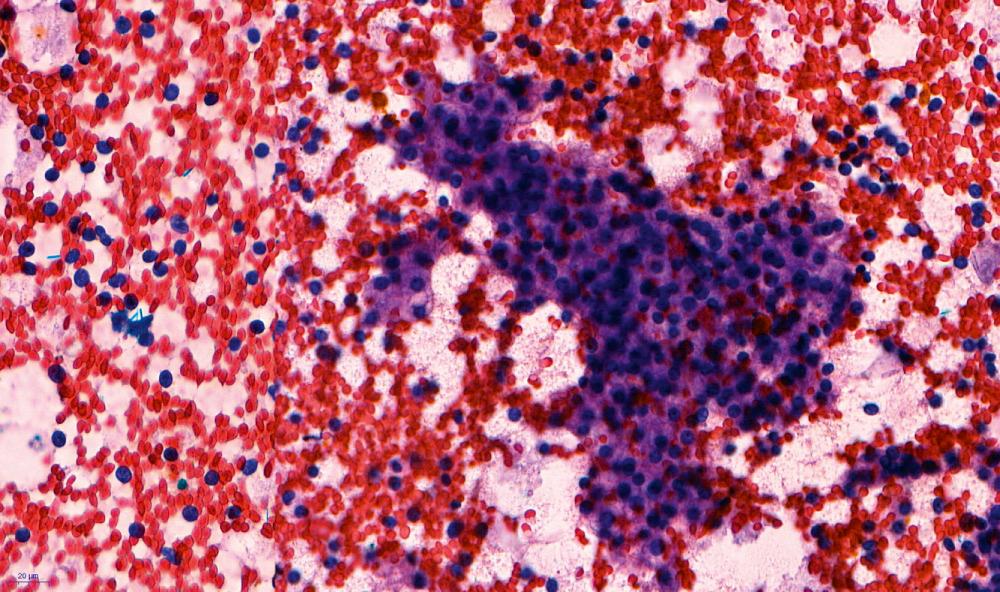Physical Address
304 North Cardinal St.
Dorchester Center, MA 02124
Open biopsies are contraindicated because of the risk of tumor cell seeding, which increases the risk of recurrence of both malignant neoplasms and pleomorphic adenomas. Facial nerve injury, wound infection, salivary fistula, or sialocele are reported after open biopsies; in addition, a curative parotid surgery can be complicated by a previous open biopsy.
New surgical procedures for benign tumors such as extracapsular dissection, partial superficial parotidectomy, or deep lobe parotidectomy with preservation of the superficial lobe have been introduced. To avoid an inadequate operation, it is important to know if the lesion is malignant. If malignant, the tumor type and grade are important, as selected low-grade carcinomas may not require total parotidectomy. Currently, the question is, which is more appropriate: fine needle aspiration cytology (FNAC) or core needle biopsy (CNB)? In some centers, frozen section (FS) is standard practice for parotid neoplasms. It is noted that relevant current knowledge is based mainly on retrospective studies.
FNAC is easy to perform and can be done in an outpatient setting with a 22–25-gauge (G) needle. FNAC allows only limited histo-immunohistochemical analysis of the obtained material, which is composed of variously clustered cells ( Fig. 4.1 ). Numerous studies on the utility and accuracy of FNAC have been published. Due to the different types of reporting, it is difficult to compare the results.

In 2016, Liu et al. published a meta-analysis including 70 studies with 6784 FNACs. They reported 518 nondiagnostic and 385 indeterminate findings (13.3%). For the diagnostics of malignancy versus benignancy, 63 studies with 5647 FNACs were analyzed. The sensitivity and specificity were 78% and 98%, respectively. Also in 2016, Feinstein et al. analyzed 272 FNACs of parotid gland and 71 of submandibular gland neoplasms. There were 22 nondiagnostic and 39 indeterminate specimens (17.8%). The sensitivity and specificity in the detection of malignant neoplasms of the parotid gland were 75% and 95% and submandibular gland 91% and 94%, respectively. Interestingly, the sensitivity for submandibular gland neoplasms is higher than for parotid gland neoplasms. An analysis, published in 2018, included 477 parotid FNACs and reported a sensitivity and specificity for detecting malignancy of 82% and 90%, respectively. In 26 (5.5%) cases, the FNAC was nondiagnostic. There were 26 (5.5%) false-negative and 29 (6.4%) false-positive findings. The high rate of false-positives is in contrast to most studies reporting higher rates of false-negative than false-positive findings. Few studies analyzed tumor typing: Zbären et al. and Song et al. reported a low accuracy of 35% (24/68 malignant neoplasms) and 18% (10/55 malignant neoplasms), respectively. Accordingly, FNAC may be inappropriate to guide the extent of surgery for malignant neoplasms of the parotid gland.
Major complications such as tumor cell seeding or facial nerve paresis are extremely rare. Shah and Ethunandan analyzed 575 studies including a total of 41,468 FNACs of head and neck masses. Only five cases of seeding were documented, three after FNAC of the parotid gland. Thus, the risk of seeding after FNACS of the head and neck is 0.00012%. The risk of cell seeding seems to be greater in other organs such as the thyroid gland (0.14%) and liver (0.13%). There are no reported cases of facial nerve paresis after FNAC of the parotid.
Become a Clinical Tree membership for Full access and enjoy Unlimited articles
If you are a member. Log in here